Optimal Timing for Shower Installations
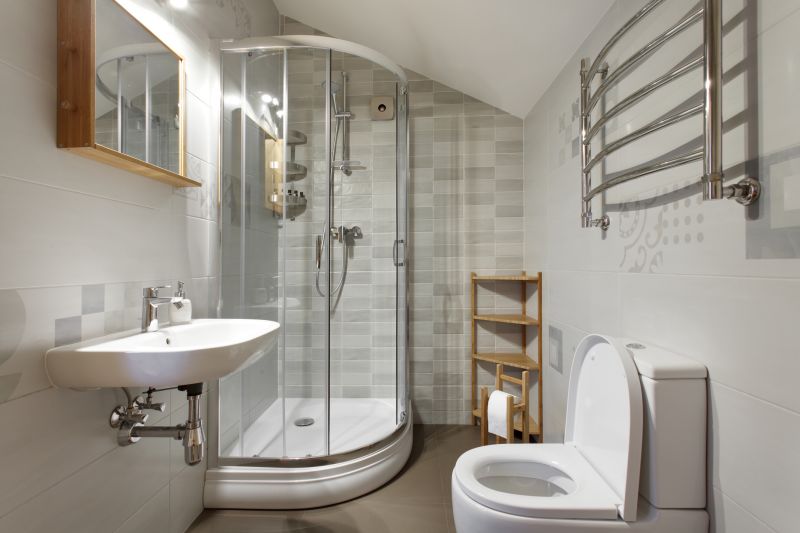
Ways to make Shower Installations work in tight or awkward layouts.
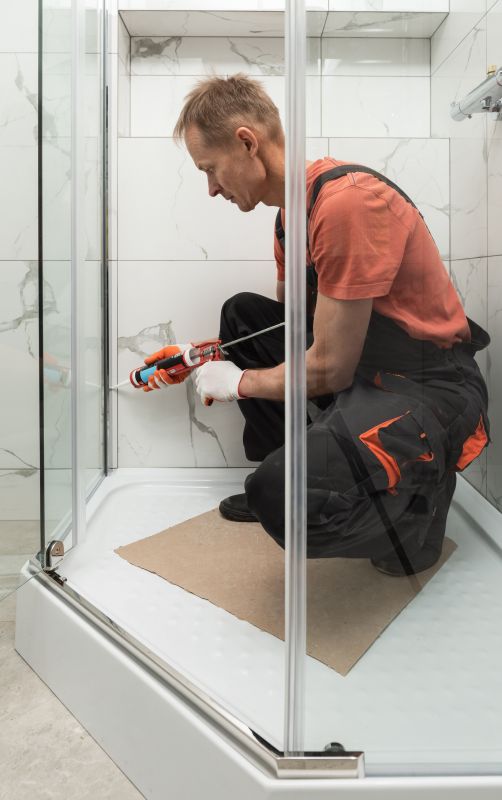
Popular materials for Shower Installations and why they hold up over time.

Simple add-ons that improve Shower Installations without blowing the budget.
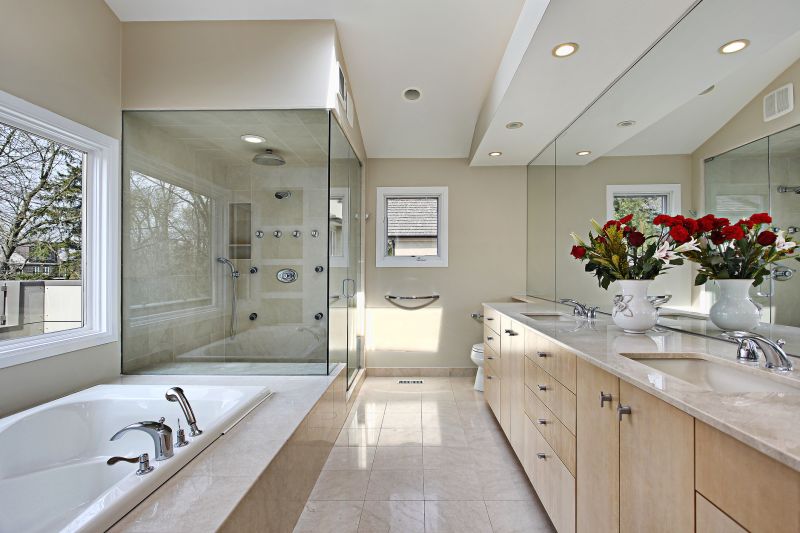
High-end options that actually feel worth it for Shower Installations.
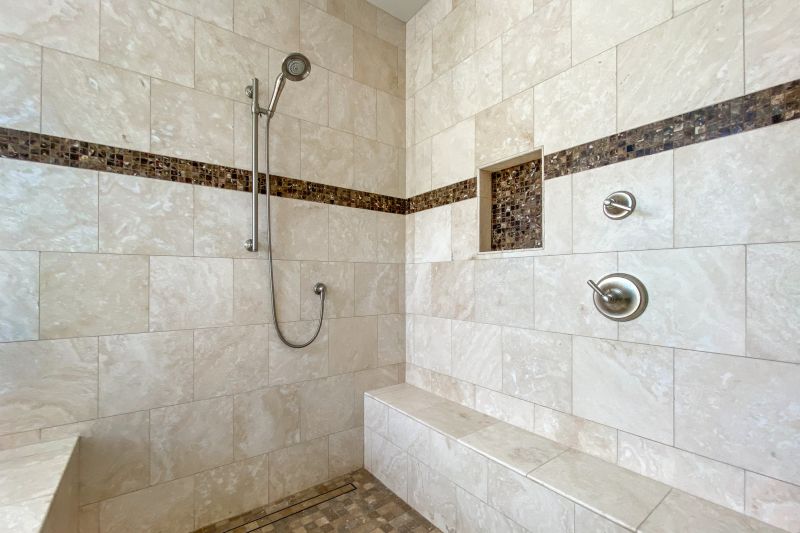
Finishes and colors that play nicely with Shower Installations.

Little measurements that prevent headaches on Shower Installations day.
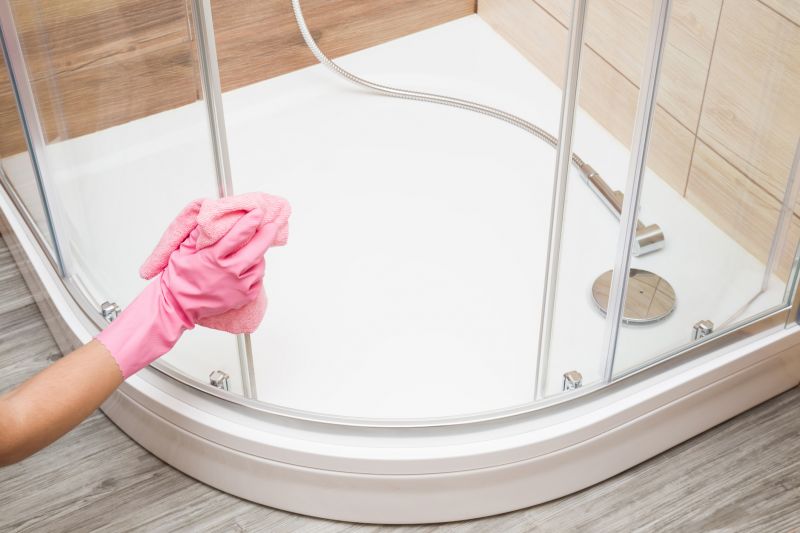
A 60-second routine that keeps Shower Installations looking new.
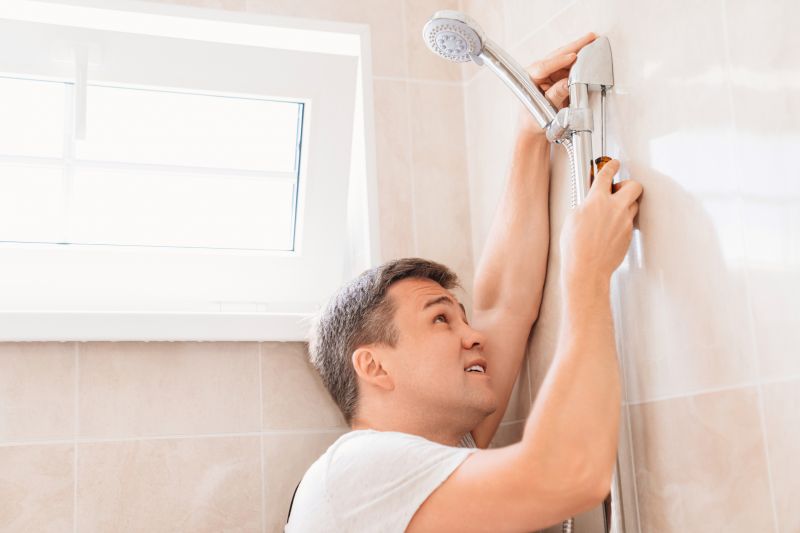
A frequent mistake in Shower Installations and how to dodge it.

Small tweaks to make Shower Installations safer and easier to use.
Shower installations are best scheduled during periods of moderate activity in the home to minimize disruptions. Typically, the ideal time is during home renovations or when existing fixtures require replacement. Planning installations during warmer months can also be advantageous, as it allows for better ventilation and drying time. Proper timing ensures a smoother process and optimal results.
Spring and summer are often preferred for installations due to better ventilation and longer daylight hours, facilitating drying and curing processes.
Early planning ensures access to experienced installers, avoiding delays caused by busy schedules during peak seasons.
Timing installations to align with material availability prevents delays and ensures the use of current product options.
Avoiding installations during extreme weather, such as heavy rain or cold snaps, helps maintain quality and safety standards.
Proper planning for shower installations involves considering seasonal weather, project timelines, and material availability. By choosing an appropriate time, homeowners can ensure a more efficient process and reduce potential complications. Coordinating with professionals ahead of schedule can also lead to better pricing and availability.



